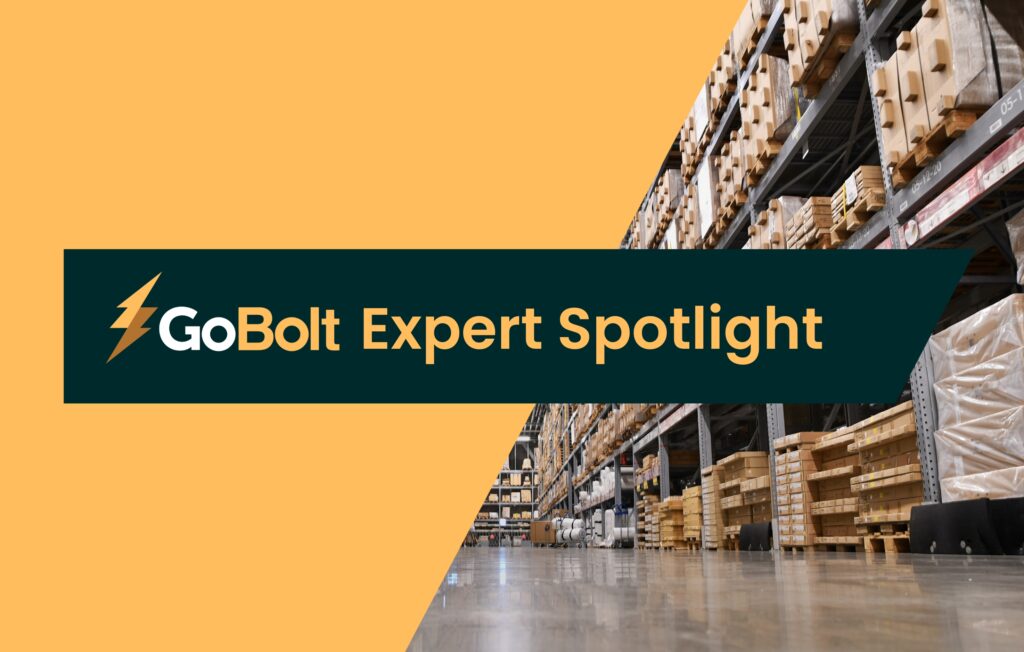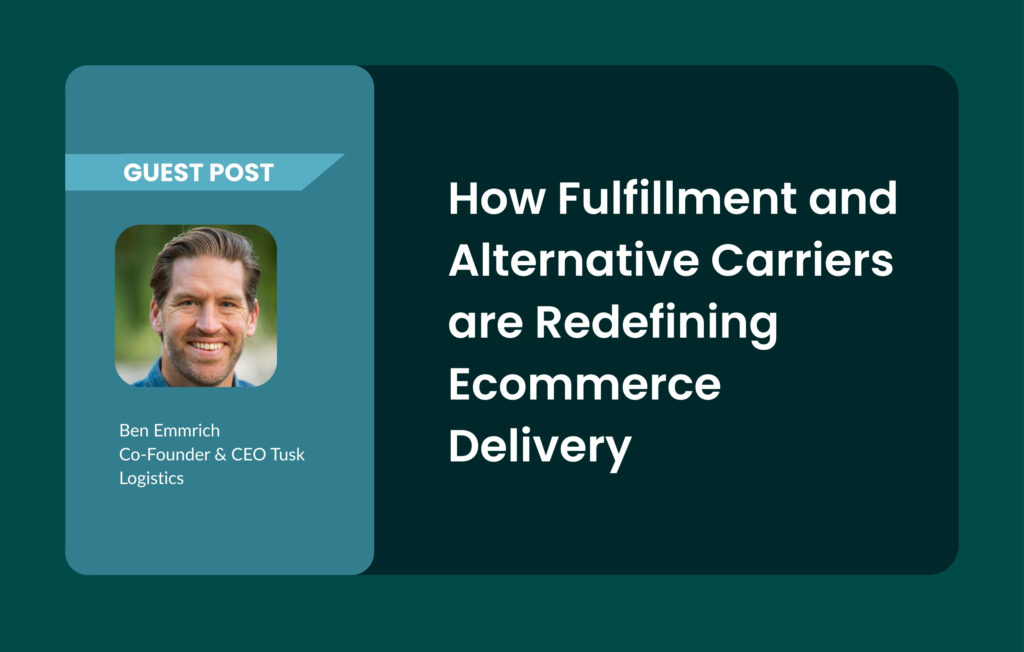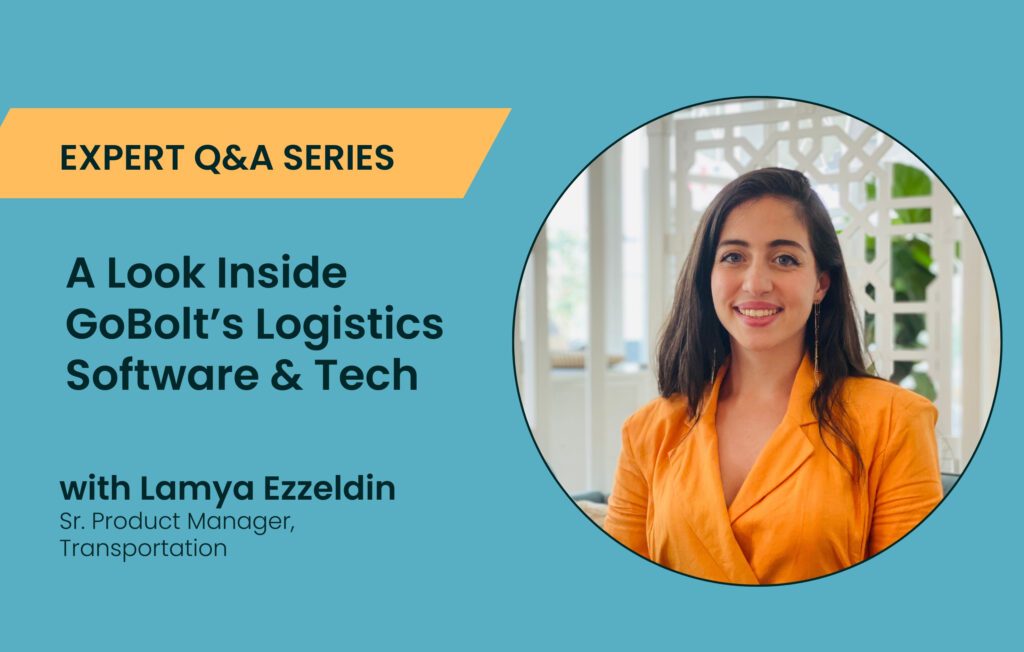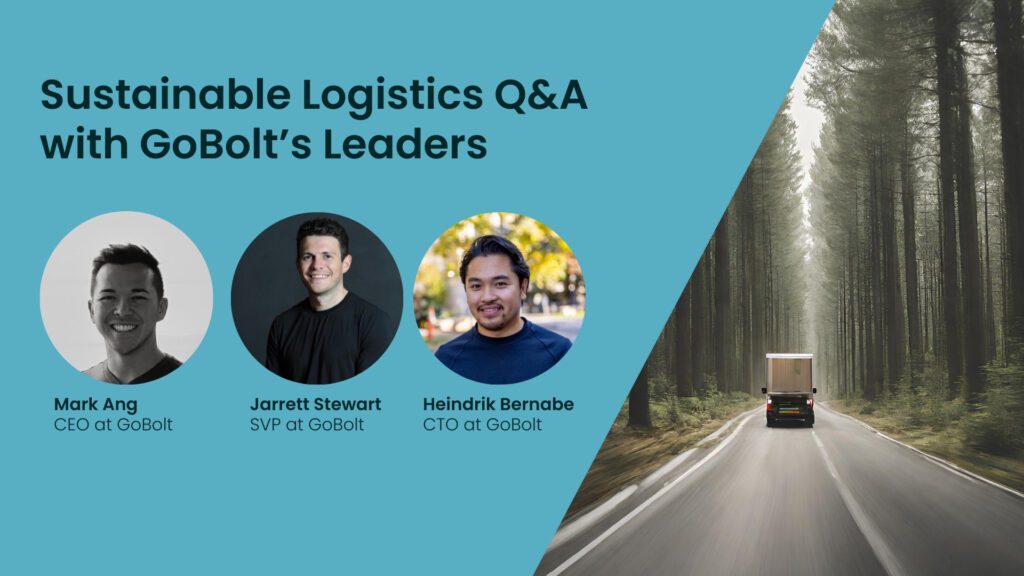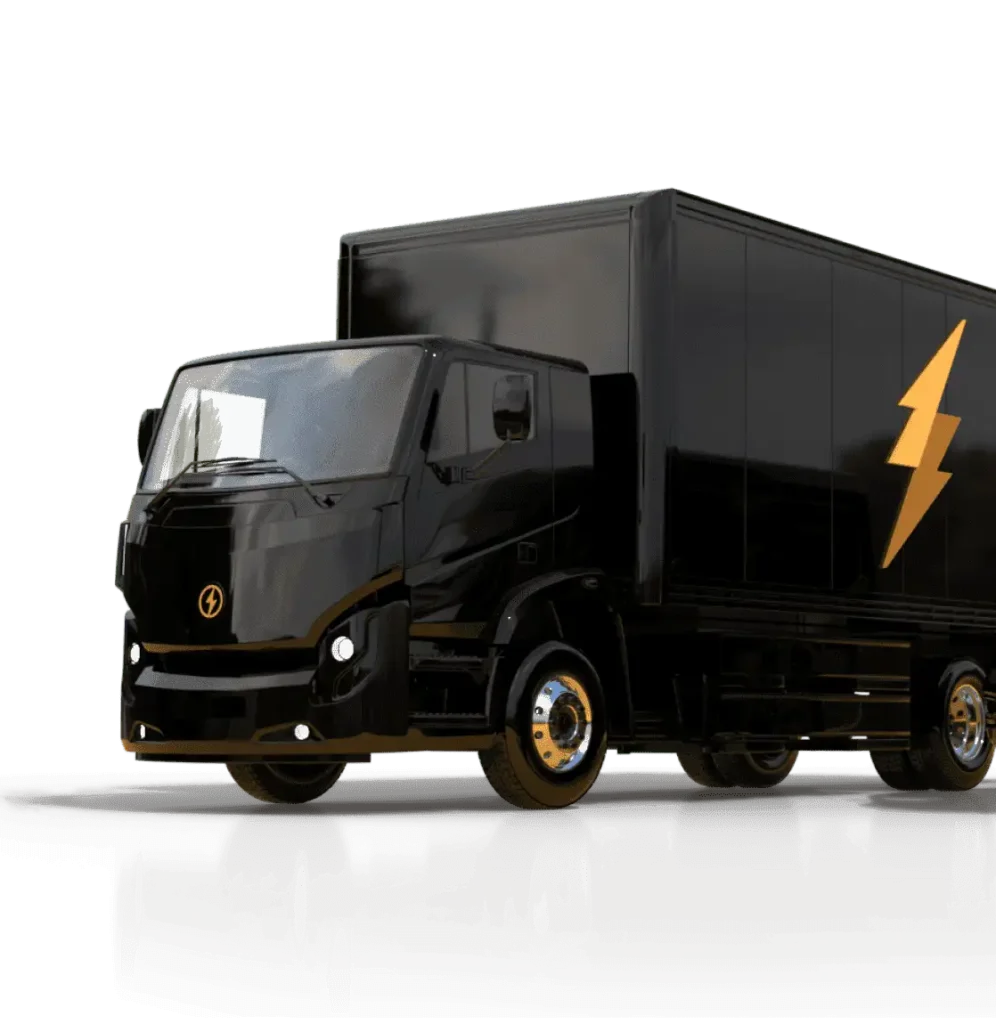At GoBolt, our team takes great pride in providing a flexible, highly tailored experience for our brand partners. By grouping each brand we support into tiers and tailoring operations and integrations, we provide each brand with the necessary tools and support for a simplified logistics experience from day one.
Today, we’re diving into the details of this process with Danya Leone, GoBolt’s implementation leader. Danya walks us through the steps and benefits of GoBolt’s onboarding approach.
For brands curious about GoBolt’s onboarding experience, how does the process begin? What happens once a brand signs on?
Danya: We kick off the onboarding process with an email to the brand introducing their team to their GoBolt Success Rep (who will be their direct GoBolt point of contact), and their GoBolt Implementations Team.
Next up, we organize a kickoff call with the brand. During this call, we validate the operational, system, and volume details that were obtained during the sales cycle. This initial call allows both sides of the table to get comfortable with each other and the upcoming process, while ensuring we’re working with accurate information. These initial moments set the tone for our brands, so we take them very seriously.
Let’s take a quick step back. Tell us about tiers and what this means for onboarding?
Danya: We categorize brand partners into three tiers based on their complexity:
- Tier 3 is for implementations consisting of a single pre-built integration with turnkey operational requirements
- Tier 2 is for moderately complex implementations involving multiple pre-built integrations and some custom operational processes
- Tier 1 is for highly complex implementations consisting exclusively of custom integrations and operations
For Tier 1 and 2 brands, we typically conduct an in-depth discovery call first to outline our implementation plan. This call might cover topics like portal walkthroughs or integration documentation discovery. We typically host weekly calls with these brands for planning and integration testing, totaling two to three internal and external calls per week to prepare for their launch. We’ll also host brands at our headquarters or onsite at their selected fulfillment centers to help further deepen the relationship between our teams.
Now that the implementation plan is set, what happens as you get closer to a launch?
Danya: Ahead of a launch, we do an internal kickoff meeting to make sure everyone’s prepared. We then conduct a final review of the brand’s Standard Operating Procedure (SOP). A brand’s SOP will outline the operational requirements for their use cases, helping set expectations for both GoBolt and the brand. Before launch, the brand’s are asked to sign their SOP to ensure full alignment.
Once launched, we enter a four week hypercare period through to steady state. At this point we are able to get a good sense of whether operations and integrations are running smoothly.
Once the launch takes place, what is the next step in the onboarding process?
Danya: Typically after the four week hypercare period, we conduct post-mortem calls to gather summarized feedback from the brand and our operators. In these meetings, we’ll report on our shared KPIs, and ask the brand for their feedback on our performance. If the brand and our internal team’s sentiments are positive, we’ll begin transitioning the brand out of implementations and into their next phase with GoBolt.
It sounds like GoBolt’s teams are really focused on customizing to fit the brands’ needs. Is this the norm with fulfillment and last mile providers?
Danya: We actually have an in-house team that conceptualizes and builds out our solutions for each customer.. That isn’t the norm in our industry, but it should be. This gives us the flexibility and control to customize around each brand’s specific needs, unlike those using out-of-the-box, industry-standard systems where brands have to adapt to the system. Having our in-house development team allows us to continually make enhancements and offer more features and customizations, offering our brands a truly customized experience. No two brands are the same and we don’t force them into a one-size-fits-all box.
Aside from in-house developed technology and customizations, are there other benefits that makes GoBolt a strong partner for brands?
Danya: I would say we have two other key advantages which makes us an ideal partner for brands. The first is our ability to be flexible. At GoBolt, our culture and infrastructure allows us to adapt quickly to market trends and pivot our strategies in order to better support our brands. Our system’s malleability allows us to implement changes without the widespread impact seen in out-of-the-box solutions. This agility enables us to innovate and offer tailored features based on brand requests, such as inventory planning support or wholesale SOP development.
Our second advantage is our focus on the future. We keep our ears close to the ground and are often ahead of the curve when it comes to new features or new partners. For example, when covid was ending and the financial markets were tightening, we knew brands would begin caring more about the money lost on returns, so we developed a solution to get more returns back to stock and this has been adopted by the majority of our customers since launching.
You mentioned inventory planning. Typically this is something that would be handled by a GoBolt Success Rep. Is this also part of the onboarding process?
Danya: We actually start initial forecasting with the brand during the sales cycle, as we need to use a brand’s data to properly solution their offering. Along with a trailing 12 month package level detail report (PLD), we then also ask for a 4-6 month forecast of future order volume to help us plan their implementation accordingly.
While a brand’s Success Rep handles much of this work after implementations, our system also helps us and our brands by identifying trends. For example, if a specific SKU is selling well in New York City but stock is in Houston, we’ll suggest moving inventory to optimize coverage and improve shipping speeds/costs. This proactive and data oriented approach complements our Success team’s efforts, making the process more efficient for everyone.
Thank you for sharing, Danya!
If you’re a brand looking for an innovative, flexible approach to logistics that can streamline your entire operation, contact GoBolt today.


